The Job Of The Engine Company Chauffeur – Part 1
If you travel around the country you will find the role of the engine company chauffeur is called many things; driver/operator, motor pump operator, and. engineer. I am sure there are more. In this series we will discuss some of the key points to ensuring you support and properly train the best person to put behind the wheel of the engine and on the pump panel.
No matter what you call the position there is no denying the job is without a doubt one of the most important on the fireground. Lets examine this job in more detail to find out just how important it really is.
The Responsibilities
The primary responsibility of the position is to transport firefighters safely each and every time the apparatus leaves the firehouse. This in itself can be a feat. I am sure you know what I am talking about if you have ever driven an emergency vehicle on a run.
Maneuvers people do on the road when there are red lights and sirens behind them are amazing. If you don’t arrive safely at an emergency scene you can’t go to work. Simple as that. If for some reason you have a driver that is overly “risky” while on the road the officer of the company should take care of the problem.
The chauffeur must know his apparatus inside and out. They are responsible for every system on the rig and should have a working knowledge of them all. I have had chauffeurs who could tell what was wrong with the rig just by the way it sounds. This is the level of knowledge you need to have.
If for some reason the truck will not drop into pump, the driver should know how to manually place the rig in pump.
If there is a water issue he should be able to diagnose where the problem is with a quick glance at his gauges.
The rig should be checked out mechanically (including the pump) on a regular basis (at the start of each tour or on a regular schedule for volunteer departments). Anything that is found to be abnormal should be attended to in a timely fashion.
The engine chauffeur must also be accountable for the equipment on the rig. The engine should be checked on a regular basis by the driver and by all members of the crew. If something is missing it should be noted, if something is damaged it needs to be repaired.
The hose bed should be neat and orderly.
The rig should be clean and presentable.
All of this the entire company can participate in as it is a direct reflection on company morale. Also, at the completion of an alarm the chauffeur should complete a quick check before the scene is left to make sure all equipment used is placed back on the apparatus and is ready to be used on the next alarm.
In part 2 we will continue our discussion on the roles and responsibilities and take a look at a few more items to help “tune up” your driver.
Part 1 of 2
Cover and Feature Photos Courtesy: Steve Silverman

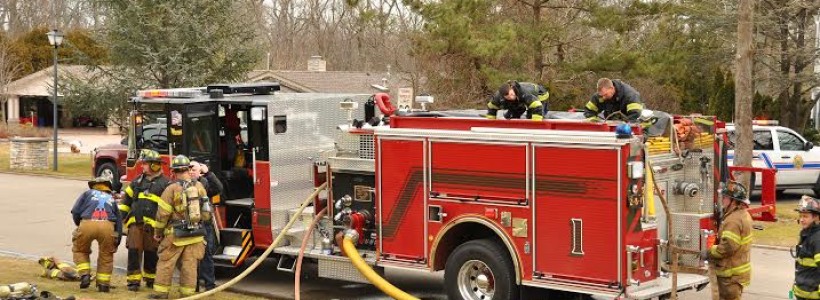
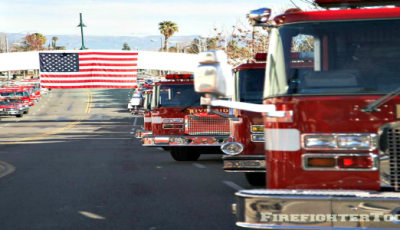
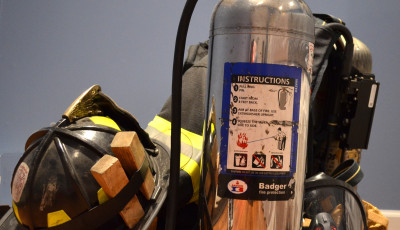
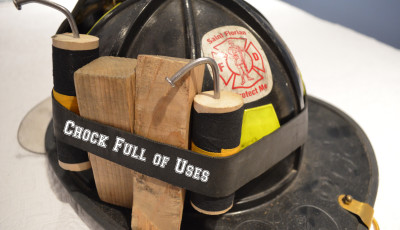
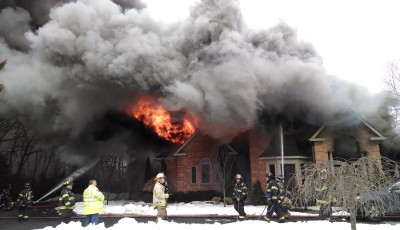
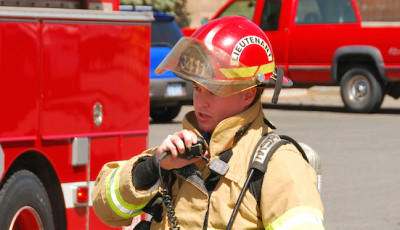
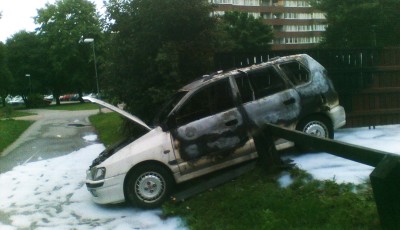




Chief,
I just wanted to comment on the article and let you know you have some great points. Well written. I have an article waiting to be printed with Firehouse and part of the article talks about the roles chauffeurs play in the initial response. It was good to read your article and see that we had some similarities.
Very good article, I am an engineer on the west coast. Love to hear someone write about the basics. I look forward to part 2 hope to hear about defensive techniques and mental aspect of knowing your first 1st and 2nd in district. Troubleshooting and drafting I see are a lost art these days but keep coming with the awesome articles, I really admire this site.
Pingback: The Job Of The Engine Company Chauffeur – Part 2 | FireFighterToolBox
Great article chief I think everyone would benefit from it especially probies.
Thank you Mark, I appreciate you taking the time to read and comment.
Open letter to the Firefighter community and their families:
https://rethink911.org/news/open-letter-to-the-firefighter-community-and-their-families/